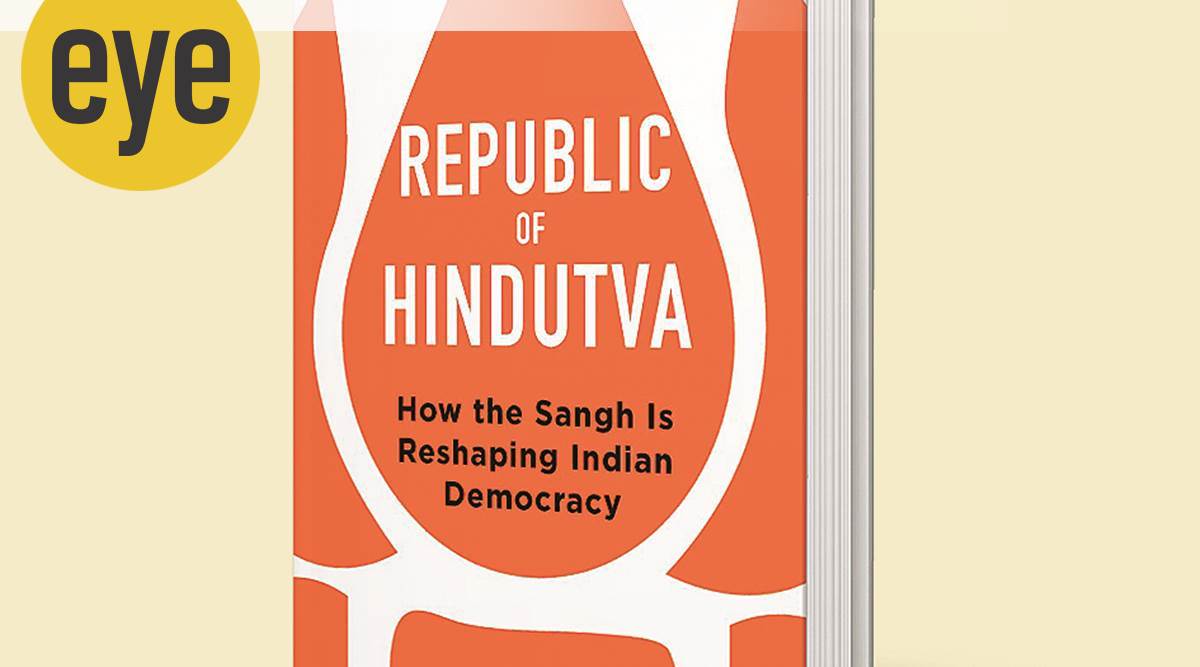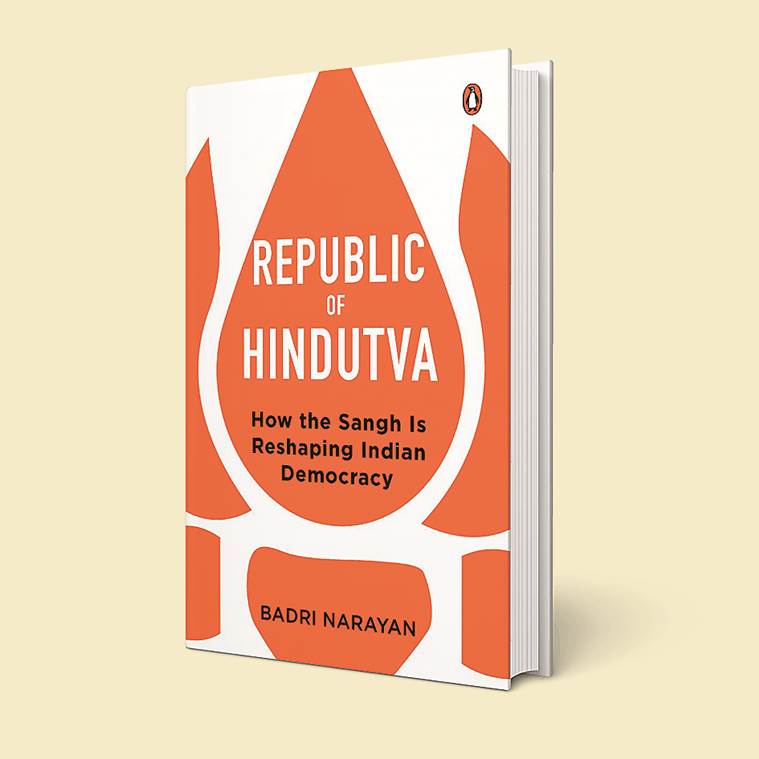 While the author throws useful light on the rise and growth of Hindutva and the emergence of a new RSS, sometimes, he also appears enamoured of its meticulous planning.
While the author throws useful light on the rise and growth of Hindutva and the emergence of a new RSS, sometimes, he also appears enamoured of its meticulous planning. At a time when the Opposition parties are struggling to counter the Bharatiya Janata Party (BJP) and its parent organisation — the Rashtriya Swayamsevak Sangh (RSS) — the book, Republic of Hindutva: How the Sangh is Reshaping Indian Democracy, by social historian and cultural anthropologist Badri Narayan is a handy insight into the activities, reach and influence of the RSS. Narayan says the RSS is “like the tip of an iceberg. The part which is invisible is much larger than the part which is visible.”
Neither West Bengal chief minister Mamata Banerjee, who is taking the fight to the RSS, nor Rahul Gandhi, who has been targeting the RSS and the BJP, has recognised the real RSS they are combating, the author says. What they are fighting is its old, obsolete image. Narayan, who acknowledges his personal involvement with its activities in his youth before he got fascinated by the “Leftist writers group”, gives readers a glimpse into the world of the techno-savvy RSS, an organisation that is trying to be contemporary to become acceptable to a larger population.
Narayan claims, that the “RSS is an organisation is both a reality and a myth” and there cannot be a “final word on it” because it is “continuously changing and evolving”. He explains how it functions among Dalits, tribals and slum dwellers not only for ideological expansion but also as a means to gauge how its vision translates into practice at the ground level. Most significantly, the author tells us what kind of role it had played in the splendid electoral victories of Narendra Modi since 2014 by “making and building of his image as the prime ministerial candidate” and giving the BJP inputs on rural India, caste groups and feedback on Modi’s rallies.
In six chapters and an epilogue in which he talks about how an emergency such as the COVID-19 pandemic has impacted the ingrained caste system in the country, Narayan makes sense of the stunning rise of the BJP in the last seven years. He talks about how both at the national and state level, the BJP has evolved electoral strategies and governance models on the basis of tips given by the RSS. For example, the move by Uttar Pradesh chief minister Yogi Adityanath to bring in a quota within a quota to create a political fracture among the OBCs and Scheduled Castes helped the party erode the support base of the Samajwadi Party and the Bahujan Samaj Party.
 Republic of Hindutva
Republic of HindutvaBy Badri Narayan
Penguin
240 pages; Rs 499
While the author throws useful light on the rise and growth of Hindutva and the emergence of a new RSS, sometimes, he also appears enamoured of its meticulous planning. He uses sweeping generalisations in the book (according to him, many social activists, other than those subscribing to the RSS ideology, are well meaning but distant due to their Western education).
Narayan writes that while the new RSS does not want to create communal tension, it has worked with the BJP to replace caste divisions with a politics of religious identity. Although caste assertions remain active after being subsumed within the larger purview of religion, he says: “These two issues have not remained opposed to each other, but work together to take a complex form of electoral mobilisation.” For this, the organisation channelled a desire for temples and social identity among smaller caste groups into an eagerness to come under one Hindu identity; merged caste icons with national heroes to help the BJP win Dalit and OBC votes in states like Uttar Pradesh, thereby changing its image of being a savarna-led party.
Narayan puts the management of fringe saffron groups, that draws much of the criticism for the ruling party, as one of the biggest challenges for both the RSS and the BJP. With the rise of Hindutva politics, there is an aggressive desire for power among its cadres. Narayan warns that with the coronavirus transforming identities from caste-public to bio-public, the RSS and its affiliates will also be faced with the challenge of projecting Hindutva values as powerful protectors of human bodies against the virus.
- The Indian Express website has been rated GREEN for its credibility and trustworthiness by Newsguard, a global service that rates news sources for their journalistic standards.
 Continue with Facebook
Continue with Facebook Continue with Google
Continue with Google
